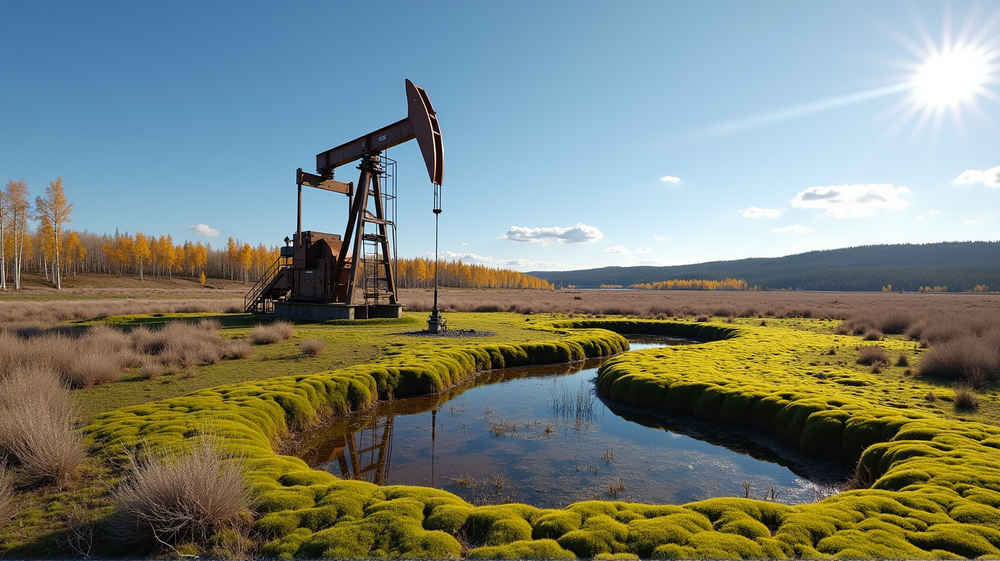Innovation with Impact: Rewilding Oil Well Sites Using Moss
In a promising breakthrough for ecological restoration, researchers from the University of Waterloo have devised a pioneering technique that opens new pathways in the restoration of peatlands, specifically at tens of thousands of decommissioned oil and gas well sites in Western Canada. By undertaking an approach that involves the deliberate lowering of well pads and planting native mosses, this project marks a significant stride towards restoring these areas to their original peatland conditions.
Rediscovering the Power of Moss
Historically, the approach to ecological restoration has leaned heavily on reintroducing trees and grasses, aiming to revive upland forests or grasslands. But now, moss – an often-overlooked hero in climate solutions – is showing its mettle in spearheading peatland rejuvenation efforts. According to Technology Networks, this technique has been applied successfully at full scale on well pads, garnering promising results.
Dr. Richard Petrone’s Insights
Dr. Richard Petrone, a Geography and Environmental Management professor from the University of Waterloo, emphasized the vital role of peatlands beyond mere restoration. “Preserving peatlands is crucial due to their role in water storage and supply,” said Dr. Petrone, underscoring the importance of harnessing peatlands in nature-based climate change solutions due to their expansive carbon storage capabilities.
Addressing the Aftermath of Resource Extraction
Murdoch McKinnon, a PhD candidate involved in the project, points out the detrimental impact of well pad construction, which historically buried native peatland vegetation beneath clay or sand. This practice compromised peatlands’ carbon sequestration capabilities and wildlife habitat availability. However, this innovative technique is set to bridge the gap, offering invaluable insights into the potential for full-scale rewilding of well pads, all while addressing the broader environmental impacts of resource extraction.
The Future of Restoration
The project’s ongoing monitoring strategy aims to ensure that the transplanted mosses can thrive independently over the next few decades. The Northern Alberta Institute of Technology’s Centre for Boreal Research is already applying recommendations from the study across several sites in Alberta, aiming to optimize water flow from natural peatlands to improve soil moisture – a crucial step considering the moss’s sensitivity to drying conditions.
The integration of native moss in restoring these landscapes not only promises a renaissance of Canada’s peatlands but also offers a glimpse into sustainable practices that can be emulated globally. With dedicated efforts and innovative strategies, rewilding could soon become a cornerstone of ecological restoration, bringing balance back to nature’s intricate tapestry.




